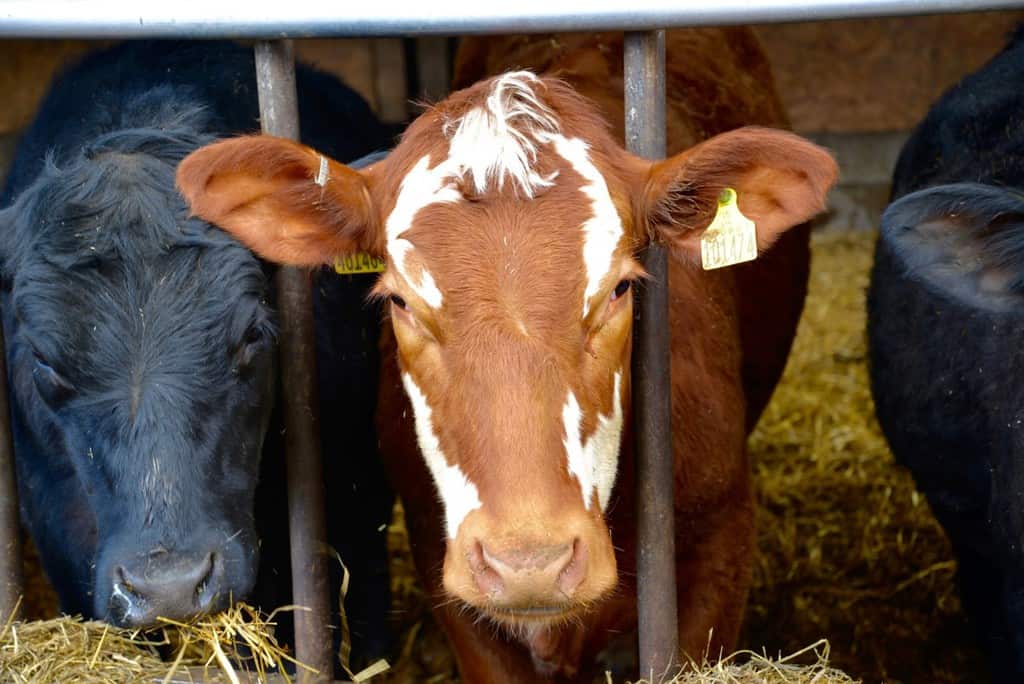Biosecurity is a key consideration when it comes to housing beef cattle.
New buildings should minimise the risk of introducing or spreading disease, and isolation/quarantine facilities should be provided for ill as well as incoming livestock.
The guidelines are included in a new online publication produced by the Scottish Government’s Farm Advisory Service, which is delivered by specialists at SAC Consulting, part of Scotland’s Rural College (SRUC).
Beef Cattle Housing Guidance warns that cattle housed under improperly designed buildings are at risk of contracting disease and infections if the proper biosecurity measures are not taken.
Farmers are advised to wash down areas for vehicles and footwear to keep diseases from spreading to different locations of the farm. These wash-down areas should be designed to keep the contaminated water away from the livestock.
Other topics covered by the booklet include: regulatory approvals, services, ventilation, waste handling, location, choice of housing system, space requirements, materials and references.
Housing cattle in Scotland requires consideration firstly of animal health, welfare and biosecurity but should also aim to provide a safe and efficient environment for stock workers and should minimise any negative impact on the environment.
SAC Consulting’s Jim Campbell, who wrote the publication, said: “This booklet is intended to provide basic welfare, regulatory and environmental information for farmers considering the erection of a new beef cattle shed and also provides links to sources of more detailed information.”
To view the booklet, click here.
For free telephone advice, call the FAS hotline on 0300 323 0161 (9am-5pm, Monday-Friday) or email [email protected]





